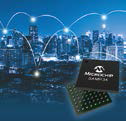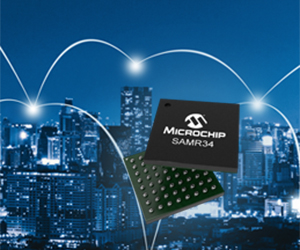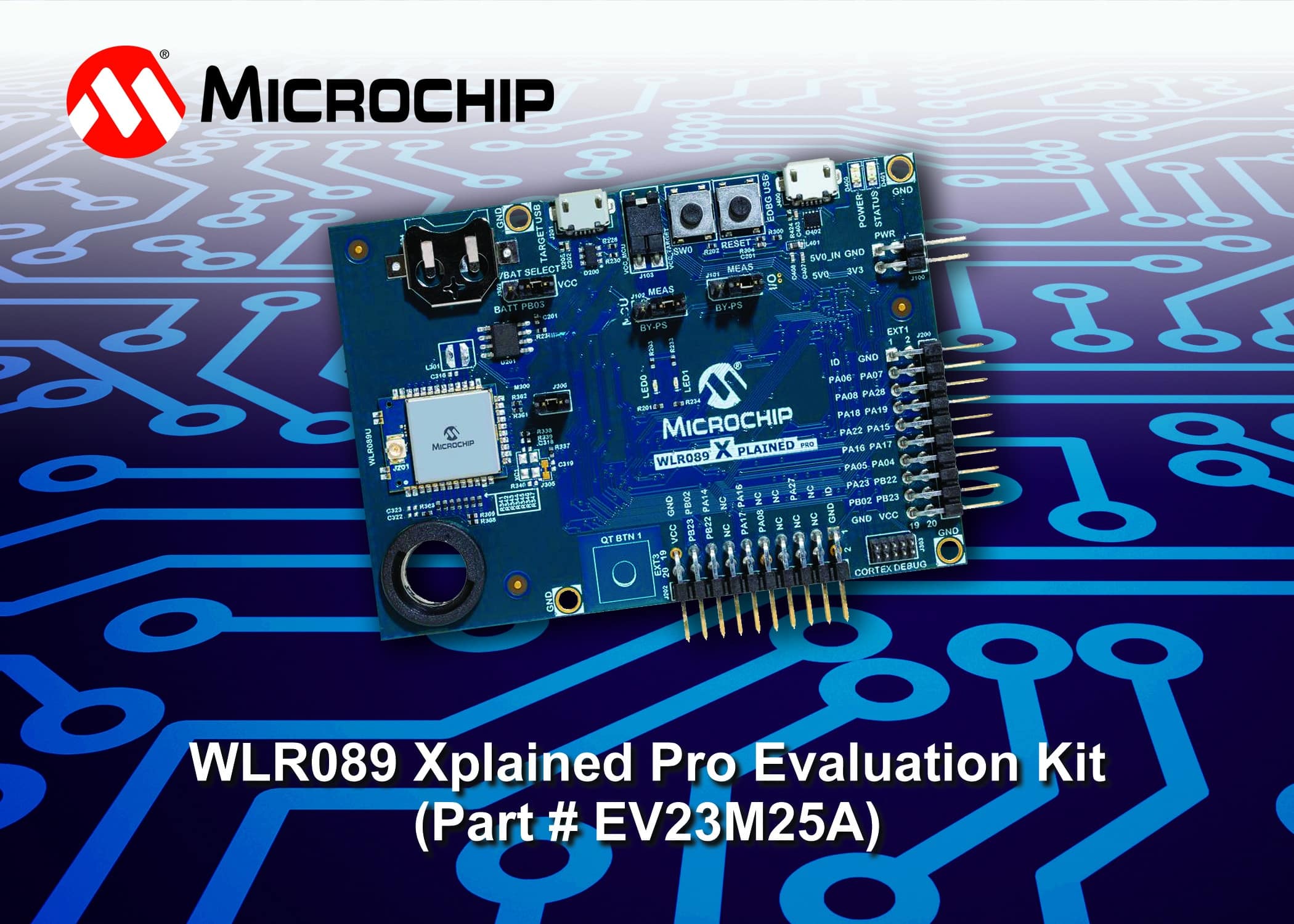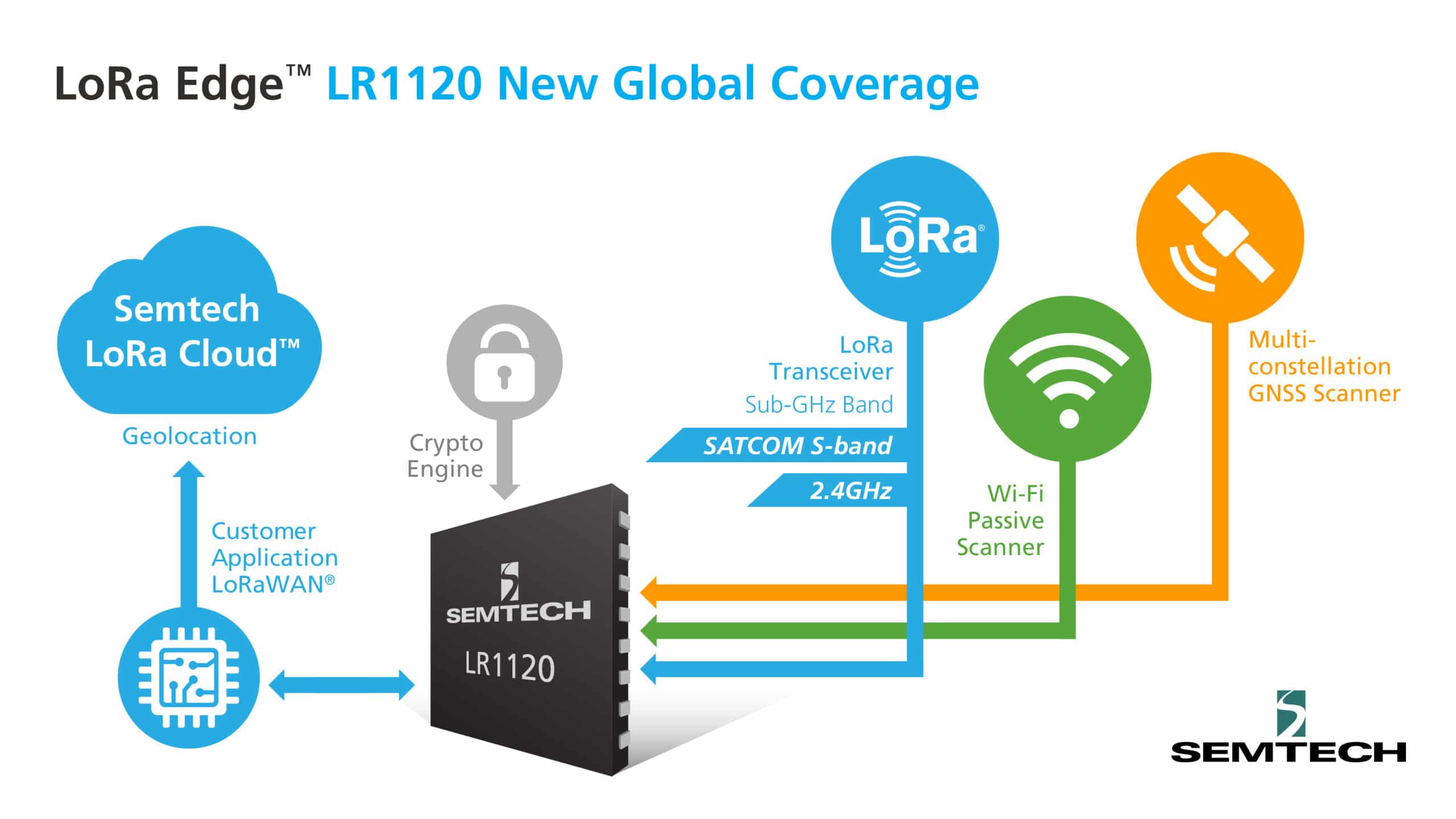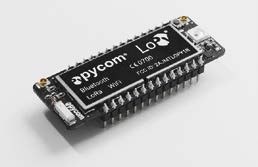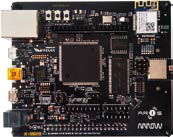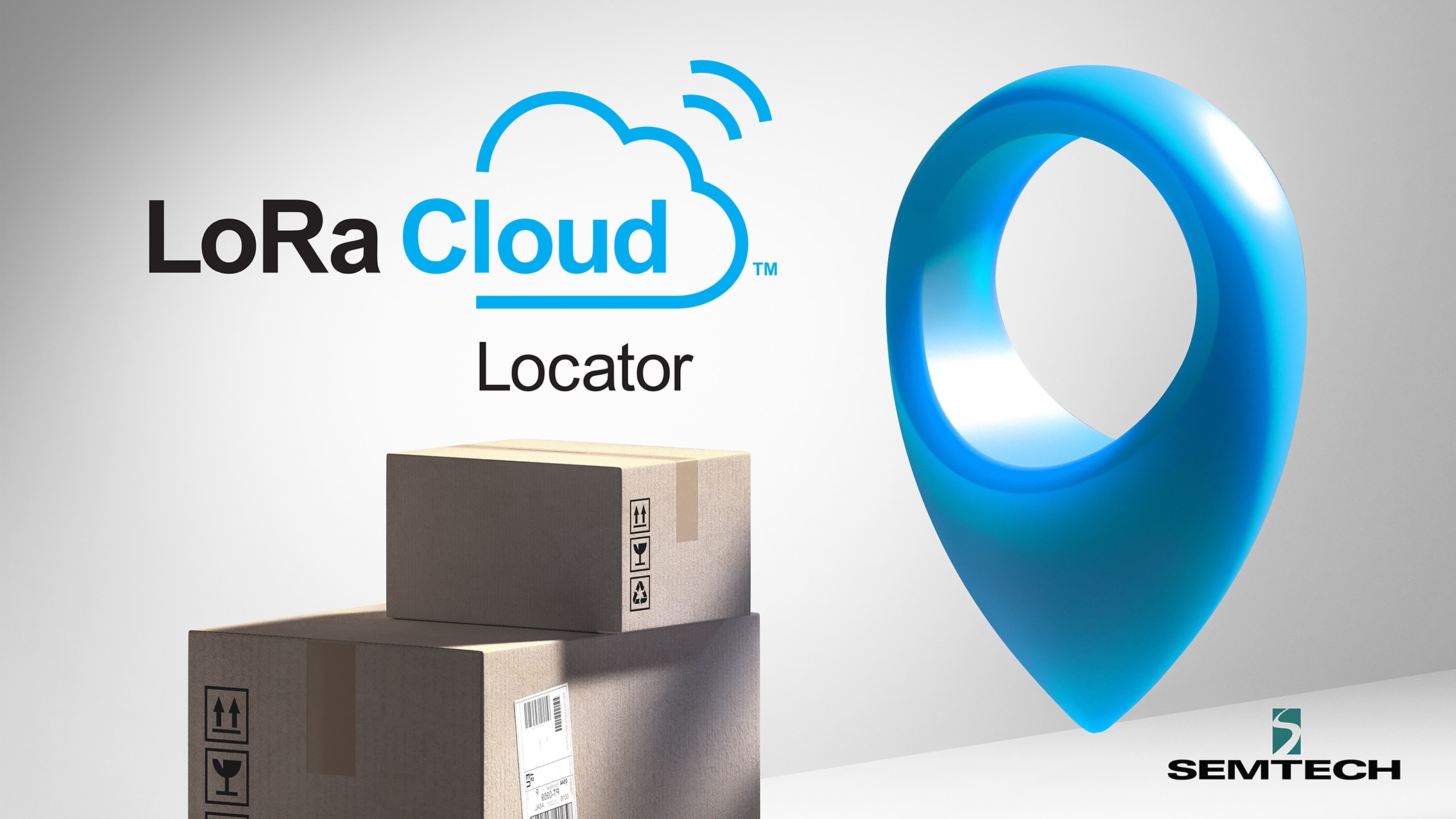Microchip announces a family of highly integrated LoRa® SiPs (System-in-Package) with a very low power 32-bit microcontroller, sub-1 GHz LoRa RF transceiver and software stack. The union of long-range wireless connectivity and low consumption aims to accelerate the development of LoRa-based and connected solutions. The SAM R34/35 SiPs are supported by certified reference designs and have proven compatibility with leading LoRaWAN™ gateway and network providers, thus significantly simplifying the entire development process with hardware, software and support.
The devices also offer the lowest power consumption on the market when idle, thus extending battery life in remote IoT nodes. Devices in LoRa endpoints often remain idle for long periods of time, only waking up sporadically to transmit small data packets. Built on the very low-power SAM L34 microcontroller based on Arm® Cortex®-M21+, the SAM R0 devices draw from 790 nA in standby mode, allowing them to significantly reduce power consumption and extend battery life in final applications. The SAM R34/35 family is characterized by its high level of integration in a compact 6 x 6 mm package and is ideal for a large number of long-range, low-power IoT applications that require a small footprint and many years of autonomy. from the battery. Along with its very low power consumption, the simplified development process allows developers to accelerate their designs by combining their application code and Microchip's LoRaWAN stack, as well as rapidly develop prototypes using the ATSAMR34-XPRO development board (DM320111), which is supported by the Atmel Studio 7 Software Development Kit.
The development board is certified by the Federal Communications Commission (FCC), Industry Canada (IC) and Radio Equipment Directive (RED), giving developers the confidence that their designs will meet regulatory requirements in different countries. LoRa technology has been designed to enable low-power applications to communicate over distances longer than Zigbee®, Wi-Fi® and Bluetooth® using the open LoRaWAN protocol. It is ideal for various types of applications such as smart cities, agricultural control, and supply chain monitoring, as it allows you to create flexible IoT networks that can work in both urban and rural environments. According to the LoRa Alliance™, the number of LoRaWAN operators has doubled from 40 to 80 in the last 12 months and LoRaWAN networks are actively being developed in more than 100 countries. The SAM R34/35 family is supported by Microchip's LoRaWAN stack, as well as a tested and certified chip package, enabling customers to accelerate RF application design with reduced risk. With worldwide LoRaWAN support between 862 and 1020 MHz, developers can use a single version across multiple countries, simplifying the design process and reducing inventory.
The SAM R34/35 family is compatible with Class A and Class C devices, as well as proprietary point-to-point connections. Microchip's LoRa SAM R34/35 family is available in six different device versions, giving developers the flexibility to choose the best combination of memory and peripherals for their end application. SAM R34 devices are supplied in a 64-pin TFBGA package and SAM R35 devices are supplied without a USB interface. For more information visit: https://www.microchip.com/SAMR34


